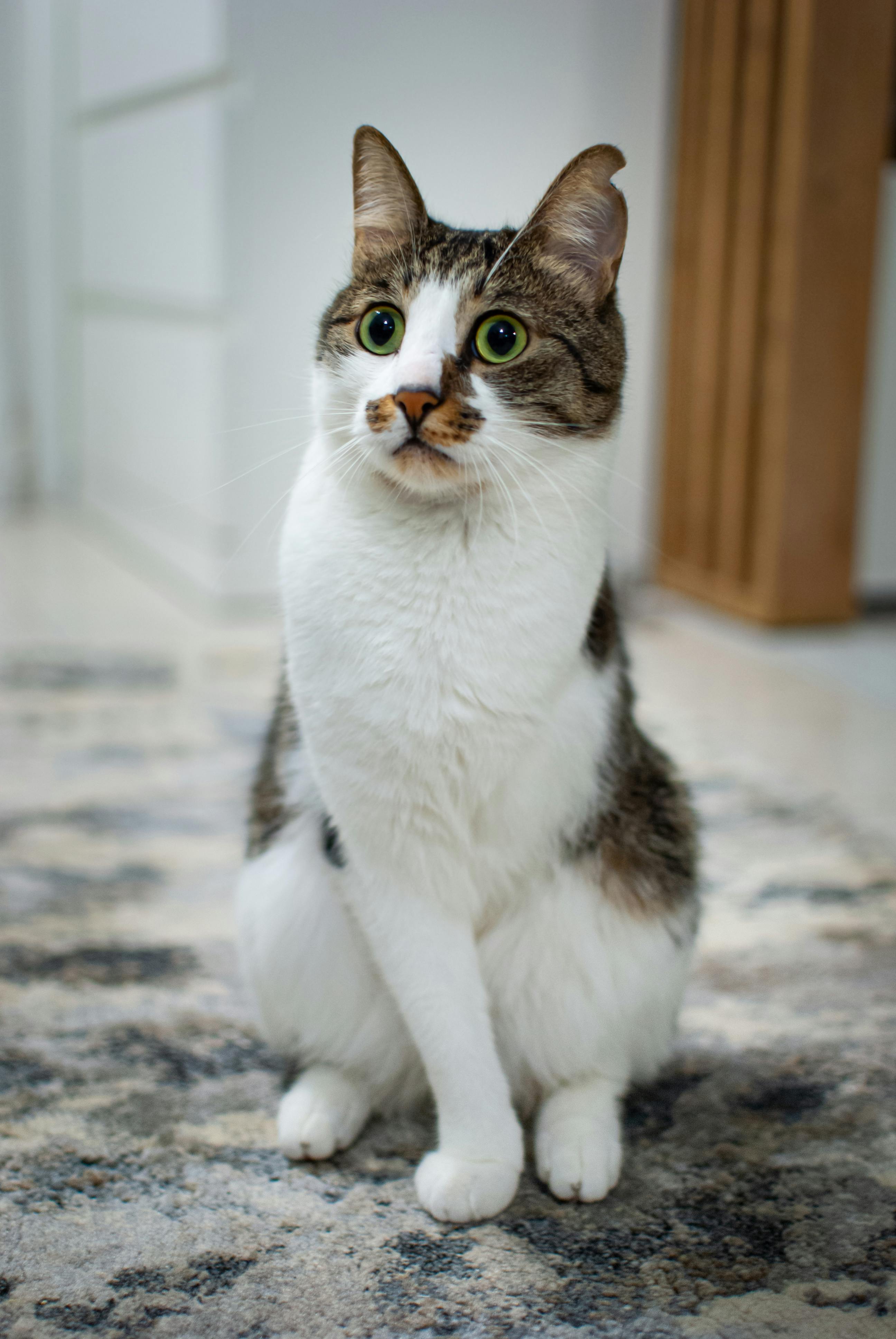When it comes to adding a touch of elegance to your home, few things can compare to the transformative power of wallpapering. In this article, we will explore the art of wallpapering above and below chair rails, a technique that can create a stunning and sophisticated look in any room. Whether you are a seasoned DIY enthusiast or a novice looking to embark on your first home improvement project, you’ll find valuable insights and tips to help you achieve professional-quality results. Get ready to discover the possibilities of creating a beautiful space that reflects your unique style and personality.

Choosing the Right Wallpaper
When it comes to choosing the right wallpaper for your space, it’s important to consider the style of the room. Think about the overall theme or mood you want to create. Are you aiming for a modern and minimalist look or a more traditional and cozy atmosphere? This will help guide you in selecting the appropriate wallpaper design and pattern.
Another factor to keep in mind is the chair rail, if your room has one. Chair rails can be a great addition to a space, adding an element of elegance and visual interest. When choosing wallpaper, take the chair rail into account. Consider how the wallpaper pattern and design will align with the chair rail height and how they will complement each other.
Additionally, evaluate the size of the space. If you’re dealing with a small room, you may want to opt for wallpaper that has a lighter or smaller pattern. This can help create the illusion of a more spacious area. On the other hand, if you have a large and open room, you can be more adventurous with bold and intricate wallpaper designs.
Preparing the Wall Surface
Before you start hanging your chosen wallpaper, it’s crucial to prepare the wall surface properly. This will ensure a smooth and long-lasting result.
Start by cleaning the wall to remove any dirt, dust, or grease. A mild detergent and water solution can do the trick. Make sure to rinse the wall thoroughly and let it dry completely before moving on to the next step.
Next, inspect the wall for any damage, such as cracks or holes. Repair these imperfections using spackling compound or putty, and allow it to dry and sand the surface. Sanding helps create a smooth and even base for the wallpaper. Be sure to wipe away any dust from the sanding process before continuing.
To promote proper adhesion and prevent bubbling or peeling, it’s essential to prime the wall. Apply a coat of wallpaper primer, following the manufacturer’s instructions. This step will also help the wallpaper adhesive bond better to the wall surface.

Measuring and Cutting the Wallpaper
Accurate measurements are crucial when it comes to wallpaper installation. Measure the height and width of the wall, taking into account any doors, windows, or other obstacles that may affect the layout. Add a few inches to each measurement to allow for trimming and adjustments during the installation process.
If your wallpaper has a pattern, you’ll need to account for pattern repeats. This means that you may need to order extra rolls of wallpaper to ensure the pattern matches seamlessly. Follow the instructions provided by the manufacturer to determine the pattern repeat and calculate how much additional wallpaper is required.
Once you have the correct measurements, it’s time to cut the wallpaper. Use a straight edge and a sharp utility knife to trim the wallpaper to the appropriate size. Take care to make clean and precise cuts to achieve the best results.
Hanging Wallpaper Above the Chair Rail
If you’re hanging wallpaper above the chair rail, follow these steps for a smooth and successful installation.
Start from the corner of the wall furthest from the entrance. This ensures that any seams or patterns will be less visible from the main viewpoint of the room.
Apply adhesive to the back of the wallpaper according to the manufacturer’s instructions. Use a roller or a brush to evenly distribute the adhesive, ensuring full coverage.
Carefully position the wallpaper on the wall, aligning it with the corner and the top edge. Smooth out the wallpaper using a wallpaper brush, starting from the center and working your way towards the edges. This will eliminate any air bubbles and create a seamless finish.
Trim any excess wallpaper at the top and bottom of the wall using a sharp utility knife and a straight edge. Take your time to make precise cuts and ensure a clean edge.

Hanging Wallpaper Below the Chair Rail
When installing wallpaper below the chair rail, follow the same steps as hanging wallpaper above the chair rail. The only difference is that you’ll start from the corner closest to the entrance of the room. This placement will ensure that any seams or patterns are less noticeable as you enter the space.
Apply adhesive to the back of the wallpaper, position it on the wall, and smooth it out using a wallpaper brush. Trim any excess wallpaper at the bottom using a sharp utility knife and a straight edge to create a neat and polished look.
Blending the Wallpaper Seamlessly
To achieve a seamless and harmonious look, it’s important to pay attention to the placement and alignment of the wallpaper patterns.
When hanging wallpaper, make sure to align the patterns accurately. This can be done by matching the design on one strip of wallpaper to the design on the next strip. Take your time and be meticulous with the alignment, as even a slight deviation can be noticeable.
To ensure that the wallpaper seams are well bonded and secure, use a wallpaper seam roller. Gently roll over the seams to press them firmly onto the wall. This will flatten any bubbles and create a seamless transition between strips.
If there are any small gaps or imperfections along the seams, you can touch them up with matching paint or a compatible marker. This will help disguise any minor flaws and create a more cohesive overall appearance.
Finishing Touches
After hanging the wallpaper, there are a few finishing touches to complete the installation process.
Remove any excess adhesive that may have squeezed out from under the wallpaper. Use a damp sponge or cloth to gently wipe away the adhesive, being careful not to damage or smudge the wallpaper.
Once the adhesive is removed, clean the wallpaper properly. Use a soft sponge or cloth to gently wipe the surface, starting from the top and working your way down. Avoid using abrasive cleaners or scrubbing too vigorously, as this can damage the wallpaper.
After cleaning, inspect the wallpaper for any imperfections or areas that may require adjustments. Take your time to carefully examine the installation and make any necessary touch-ups or corrections.
Maintenance and Care Tips
To keep your wallpaper looking its best for years to come, follow these maintenance and care tips.
Avoid exposing the wallpaper to excessive moisture. This can cause the adhesive to weaken or the wallpaper to warp and peel. If the room is prone to high humidity levels, consider using a dehumidifier to regulate the moisture.
When it comes to cleaning the wallpaper, use gentle methods. A soft sponge or cloth dampened with water or a mild detergent solution should be sufficient for most cleaning needs. Avoid using abrasive cleaners, as they can damage the wallpaper surface.
If you encounter any stains or damage on the wallpaper, address them promptly. For water stains, gently blot the area with a clean cloth and allow it to dry. If the stain persists, consult the manufacturer’s guidelines for specialized cleaning solutions.
For more severe damage, such as tears or scratches, it may be necessary to replace the affected section of wallpaper. Keep some spare wallpaper from the installation process for such situations, or consider seeking professional help to repair the damage.
Seeking Professional Help
While wallpaper installation can be a rewarding DIY project, there are instances where it’s best to seek professional help.
If you’re unsure about your ability to install wallpaper correctly, it’s always a good idea to hire a professional wallpaper installer. They have the experience, skills, and tools necessary to ensure a flawless and long-lasting installation.
Professional installation also offers the benefit of saving you time and effort. Instead of dedicating hours or even days to wallpapering, a professional installer can complete the job efficiently, allowing you to focus on other aspects of your home decor.
Conclusion
Wallpapering above and below chair rails can add a touch of elegance and personality to your space. By considering the style of the room, taking the chair rail into account, and evaluating the size of the space, you can choose the perfect wallpaper.
Properly preparing the wall surface and accurately measuring and cutting the wallpaper are crucial steps for a successful installation. By following the appropriate techniques for hanging wallpaper above and below the chair rail, you can achieve a seamless and visually pleasing result.
Remember to blend the wallpaper patterns seamlessly, follow the necessary finishing touches, and maintain the wallpaper properly to keep it looking beautiful for years to come. And if you’re uncertain about the installation process, don’t hesitate to seek professional help to ensure a flawless outcome.
With the right wallpaper and proper installation techniques, you can transform your space into a stylish and inviting haven. Enjoy the process of selecting and hanging wallpaper, and embrace the beauty it brings to your home.




